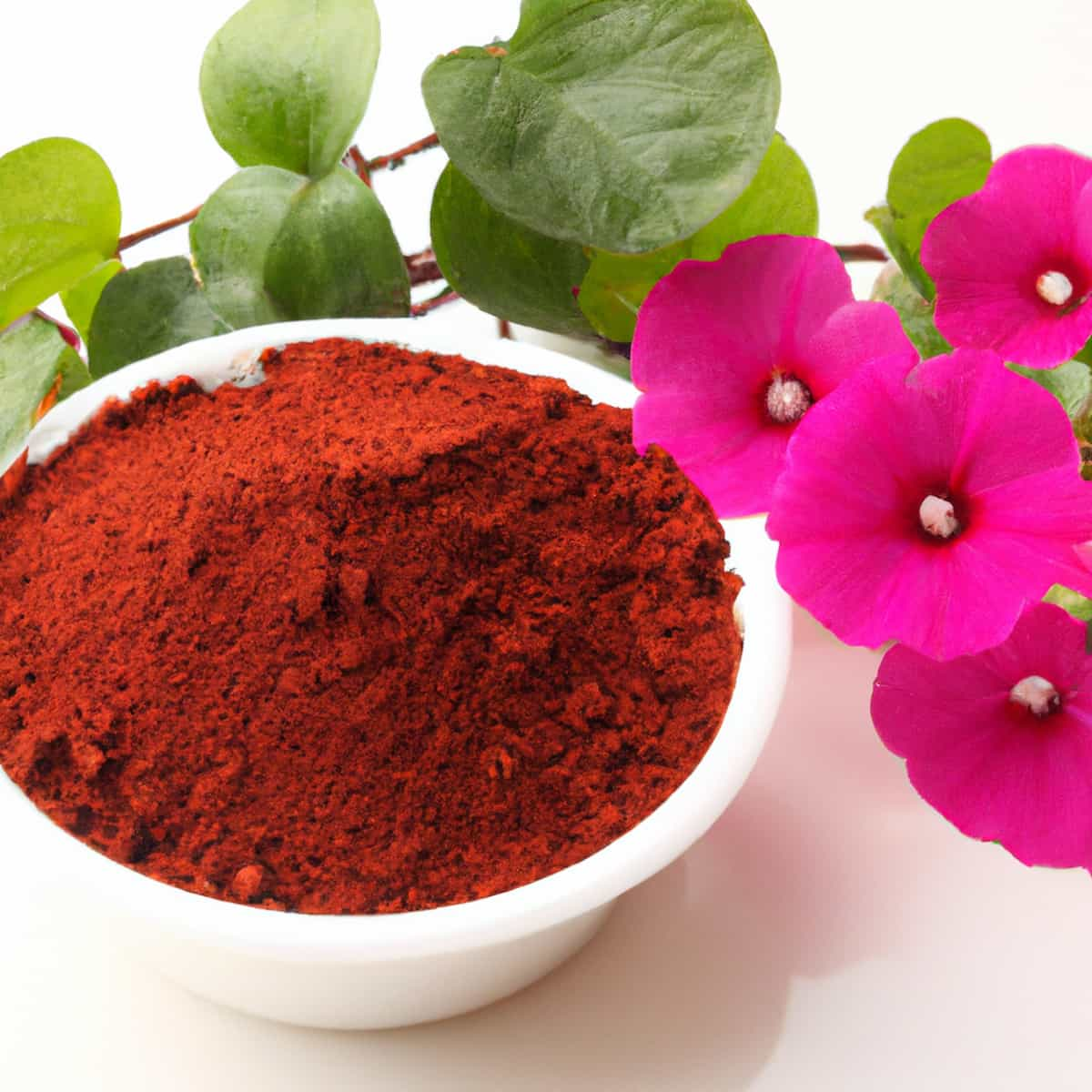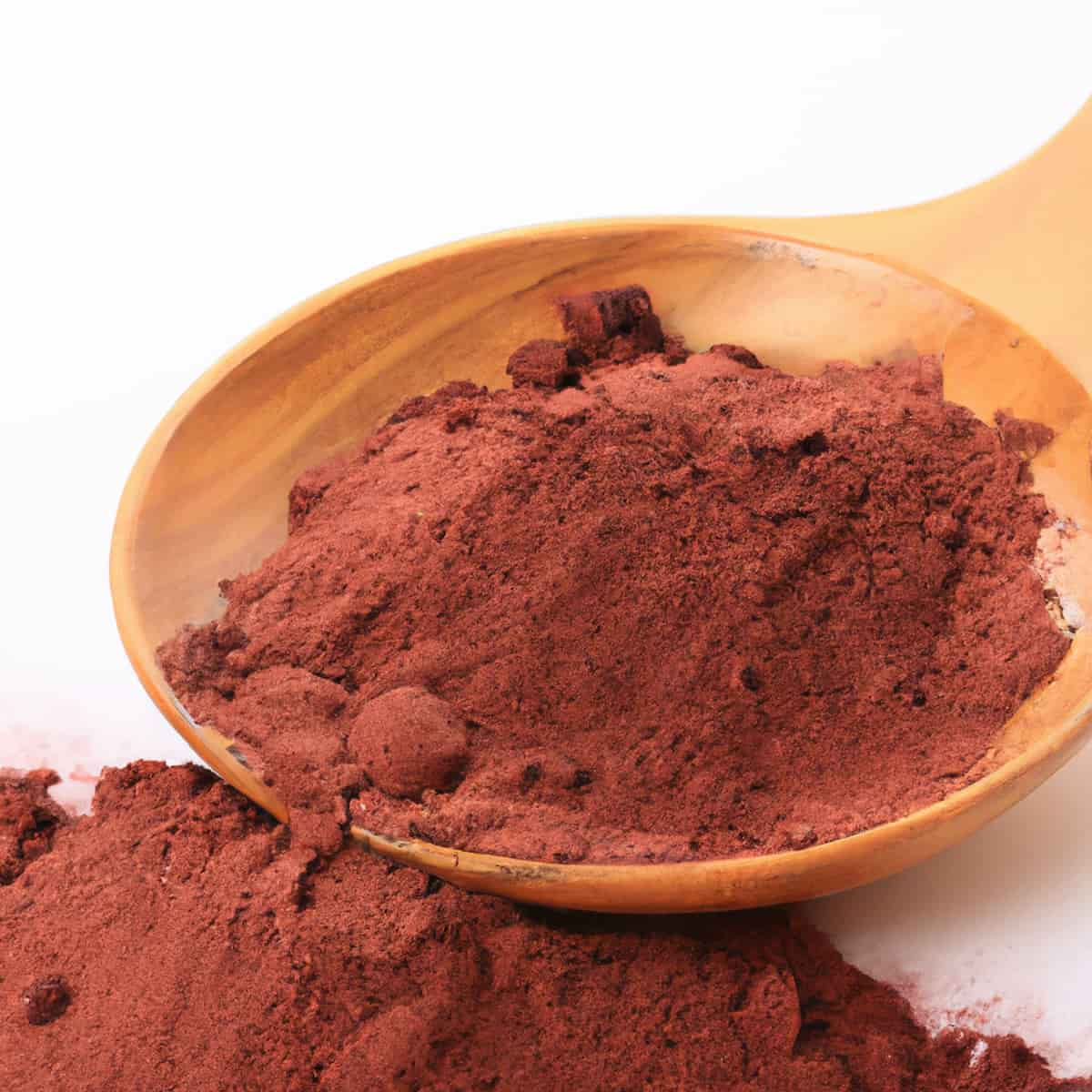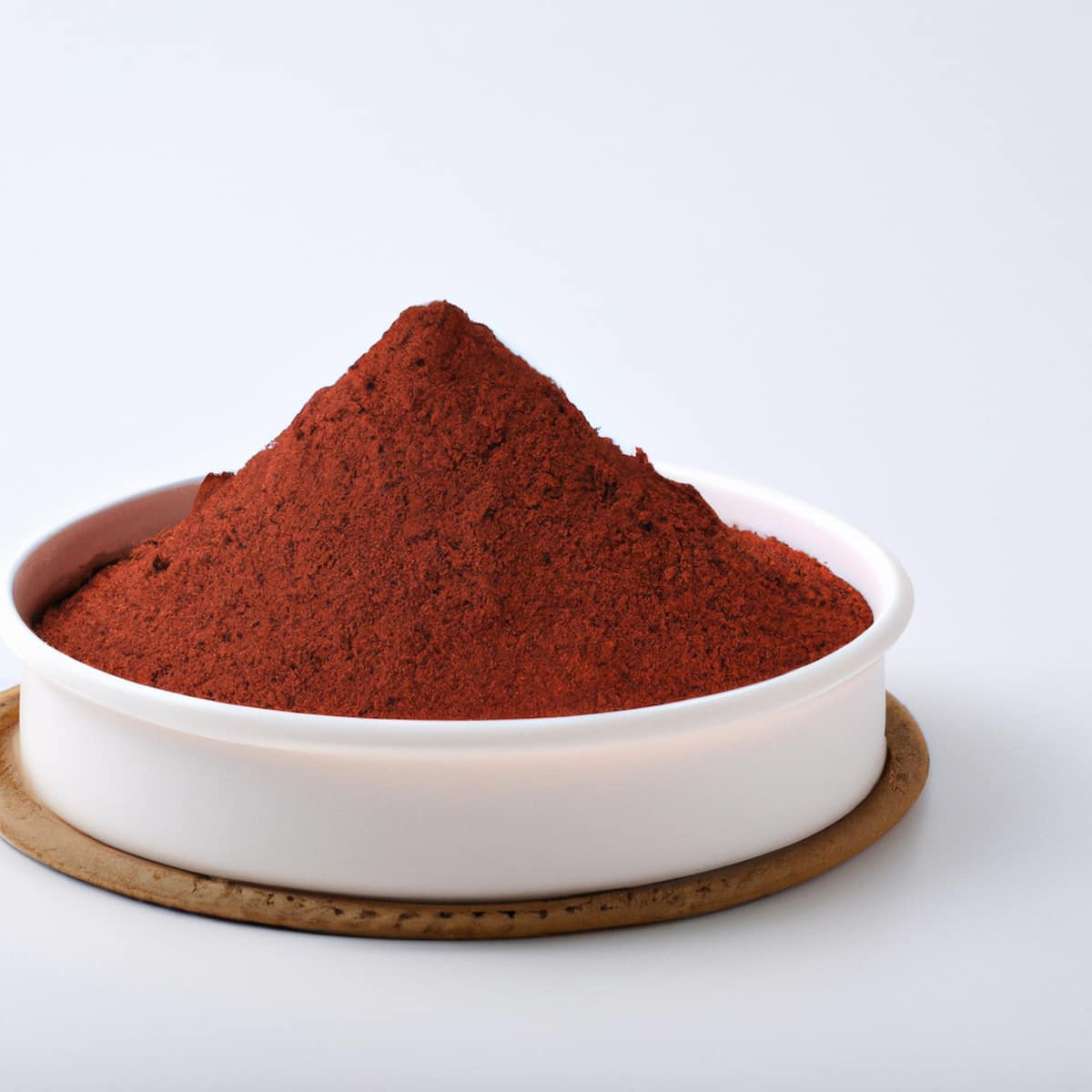Blood meal powder is an excellent source of nitrogen for plants that can provide a much-needed boost to your home garden. This natural fertilizer from dried animal blood can promote healthy foliage growth and enhance plant health. Applying blood meal powder at the appropriate time and properly can increase your garden’s yield and ensure plants receive the nutrients they need to prosper. This article will discuss the advantages of blood meal powder in your home garden and provide straightforward application instructions.

Blood Meal Powder Benefits for Plants
What is Blood Meal?
A blood meal is a natural and organic fertilizer made from the dried blood of animals, typically cows, slaughtered for their meat. The blood is collected, dried, and powdered during slaughter before being packaged for sale. A blood meal is an excellent nitrogen source, an essential nutrient for plant growth. Nitrogen is required to produce chlorophyll, which gives plants green color and enables them to conduct photosynthesis. By providing nitrogen to plants, blood meal promotes healthy foliage growth, encourages vigorous root development, and improves overall plant health.
Benefits of Blood Meal
A blood meal is a beneficial organic source of nutrients for plants and soil. It provides nitrogen and other macronutrients, improves soil quality, promotes plant growth and flowering, and aids in composting. A blood meal is suitable for all plants and has a long-lasting effect on the soil.
It is an affordable nitrogen source, costing only around $3 per pound, and can be stored for years. The high nitrogen content in blood meal can lower the soil’s pH level, which benefits many crops such as peppers, blueberries, and leafy greens. Blood meal can also deter unwanted pests and play an active role in composting.
- Improves plant growth: Blood meal is a rich source of nitrogen, a crucial nutrient that promotes plant growth, photosynthesis, and enzyme production. Adding blood meal to the soil can help plants grow stronger, healthier, and yield better.
- Boosts flowering: Nitrogen is also essential for flower production in plants. Adding a blood meal to the soil can encourage plants to produce more blooms, improving the aesthetic appeal of your garden.
- Enhances soil structure: Blood meal contains organic matter, which can improve soil structure by increasing its ability to retain moisture, nutrients, and air. This can create a more hospitable environment for plants to grow.
- Reduces waste: Blood meal is a byproduct of the meat industry and is made from the blood of animals. Using blood meal as a fertilizer, you repurpose a waste product and reduce environmental waste.
- Organic and natural: Blood meal is an organic and natural fertilizer free from synthetic chemicals and additives. This makes it safer and more sustainable for gardeners who want to minimize their environmental impact.
- Long-lasting: Blood meal has a slow-release effect, supply of plants nutrients over an extended period. This can help to reduce the need for frequent fertilization, saving time and money in the long run.
- Versatile: Blood meal can be used for various plants, including vegetables, fruits, flowers, and trees. It is also suitable for use in containers, raised beds, and in-ground gardens.
In case you missed it: Top 10 Amino Acid Fertilizer Benefits in Agriculture/Plants

When to Use Blood Meal Powder to Plant
- Apply blood meal in spring when you see plant growth and every 2-3 months after that until the end of the growing season.
- Use 1-2 lbs. per 100 square feet, with one lb. per 100 square feet being a safer option for beginners.
- Blood meal can also be used as a side dressing, but be cautious and use less rather than more.
- Use blood meal as fertilizer only when needed since it carries some risks.
- Yellow leaves may indicate nitrogen deficiency, and an application of blood meal can help restore the plant’s health.
How to Use Blood Meal for Plants
- A Blood meal is primarily used as a plant food and is a slow-release fertilizer that doesn’t dissolve in water.
- Apply blood meal directly on the soil and work it into the surface. Follow recommended application rates based on soil test results.
- Blood meal can also be used as a compost starter to kickstart microbe growth for faster composting.
- It can also be used as an animal repellent, especially for deer or rabbits, by sprinkling it in an area that needs protecting.
- Other high-nitrogen organic substitutes for blood meal include feather meal, fish meal, bat guano, cottonseed meal, and neem seed meal.
Alternatives to Blood Meal for Plants
- Fish fertilizer: Made from fish processing byproducts, high in nitrogen, phosphorus, and potassium.
- Feather meal: Made from ground bird feathers and almost exclusively provides nitrogen.
- Compost: Made of decomposed yard waste, leaves, grass clippings, and kitchen scraps that provide nutrients and support microorganisms.
- Manure: Provides nitrogen, phosphorus, potassium, micronutrients, and organic matter to the soil, but must be composted before use.
- Alfalfa meal: A vegan substitute for blood meal made from legumes, providing quick-release nitrogen.
- Coffee grounds: A household byproduct that contains a small amount of nitrogen and can increase soil acidity.
Difference Between Bone Meal vs. Blood Meal
Bone Meal
- Made from animal bones that are steamed and ground up.
- Supplies plants with calcium and phosphorus.
- Promotes healthy root development and flowering.
- Applied to spring-flowering bulbs when planted in the fall.
Blood Meal
- Made from animal blood that is dried and powdered
- Supplies plants with nitrogen.
- Promotes healthy foliage growth.
- Applied to spring-flowering bulbs once you see growth in spring.
Effect of Blood Meal Powder on Vegetable Plants
- A blood meal is a powdered plant food derived from animal blood.
- It is an organic source of nitrogen and iron for vegetable plants, including tomatoes, potatoes, peppers, and aubergines.
- Blood meal promotes foliage growth and early formation of trusses in tomatoes.
- It is an alternative to blood meals, such as alfalfa and coffee grounds.
- Blood meal should be applied only once per season to avoid over-fertilization.
- Vegetarian options for plant food include compost, grass clippings, rabbit manure, and chicken manure.
- Blood meal can also be used as a foliar spray to aid in plant recovery from damage.
In case you missed it: A Guide to Using Water-Soluble Fertilizers: Maximizing Your Garden’s Potential

Conclusion
Blood meal powder is a great organic source of nitrogen and iron that can benefit vegetable plants, including tomatoes. Applying it correctly and in moderation is important to avoid over-fertilization and potential harm to plants.
- Feed Your Flock for Less: Top 10 Tips to Save on Chicken Feed
- Ultimate Guide to Ossabaw Island Hog: Breeding, Raising, Diet, and Care
- Hatching Answers: The Top 10 Reasons Your Chickens Aren’t Laying Eggs
- Eggs and Economics: Breaking Down the Cost of Raising Backyard Chickens
- Defend Your Greens: Proven Methods to Keep Iguanas Out of Your Garden
- Ultimate Guide to Cinnamon Queen Chicken: A Comprehensive Guide for Beginners
- Ultimate Guide to California Tan Chicken: Breeding, Raising, Diet, Egg-Production and Care
- Ultimate Guide to Marsh Daisy Chicken: Breeding, Raising, Diet, and Care
- 10 Types of Chicken Farming Businesses You Can Start for Profits